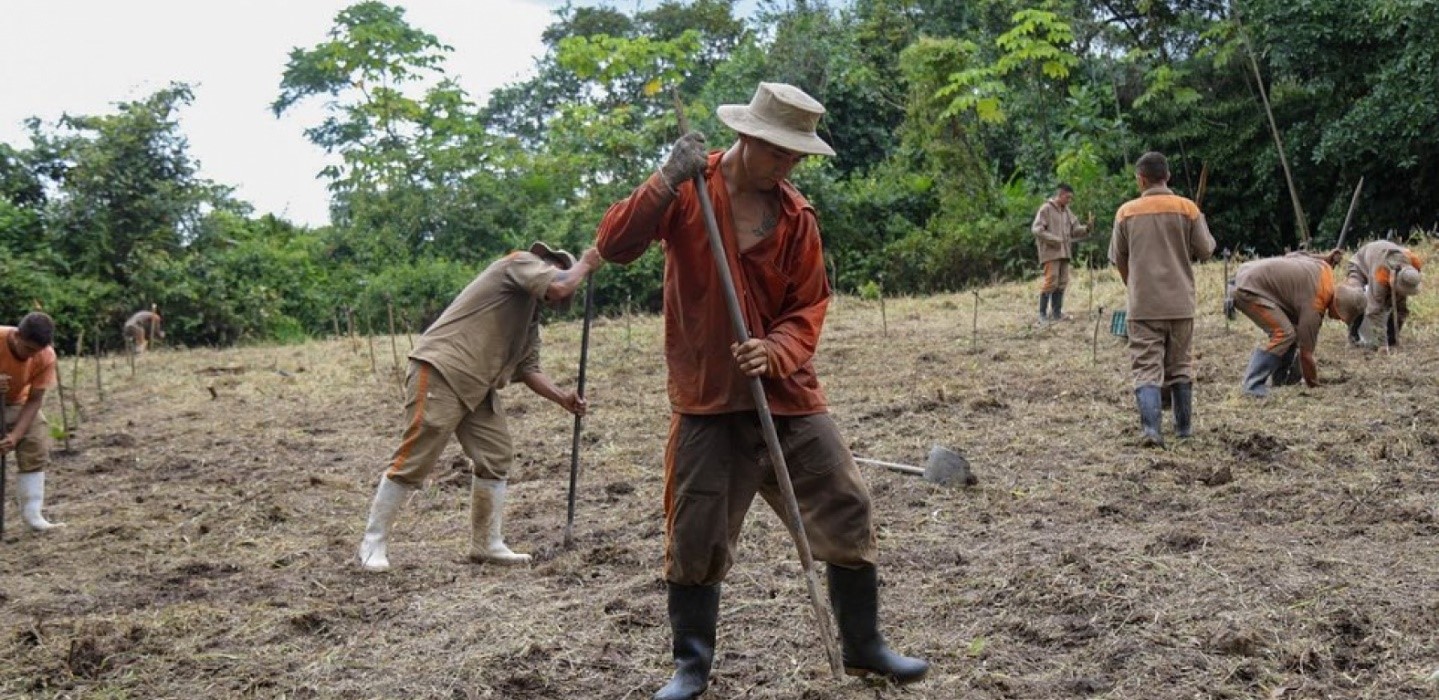One of the first actions since the new Government took office was the drafting of a diplomatic note to the United Nations system to accept the Declaration on Peasants’ Rights. Along with these actions for peasantry recognition, the processes of access to land are accelerated.
Ten days after the presidential inauguration, the Ministry of Agriculture presented to Congress a project to modify the Constitution and recognize the peasantry as subjects of rights. If the project is approved, article 64 of the Constitution would read as follows:
The peasantry is subject to special protection. The State will especially ensure the protection and guarantee of their individual and collective rights, including those recognized by the United Nations Declaration on the Rights of Peasants and other people who work in rural areas.
With the approval of this bill, the Declaration of Peasant Rights would also be integrated into the constitutionality block. Since 2014, this is the seventh time that a project to constitutionally recognize the peasantry as a subject of rights is discussed in the legislature; the composition of the current congress opens the possibility that the proposal, which was already approved in the first of 4 debates, will now be approved.
It is expected that the recognition of rights will be complemented by the inclusion of a special chapter on the peasantry in the National Development Plan (PND). The first advance for this is the binding regional dialogues, designed as spaces for citizen participation in the construction of the PND.
The process of access to land was also accelerated. It will be promoted through three main sources: purchase of unproductive land, assets seized from drug traffickers, and empty lots. The first step was taken with the titling of 681,372 hectares of land to peasants, indigenous people, and Afro-descendants in September.
To complement the Agrarian Reform established in the Peace Agreement, the Ministry of Agriculture has already decided on 13 lines of work, including credit reform, lower input costs, integration of environmental goals, strengthening of the cadastre, and commercialization systems.
These steps to promote Rural Reform are complemented by legislative initiatives that are currently being discussed in Congress and that develop pending commitments of the Agreement, such as the creation of an agrarian jurisdiction.

